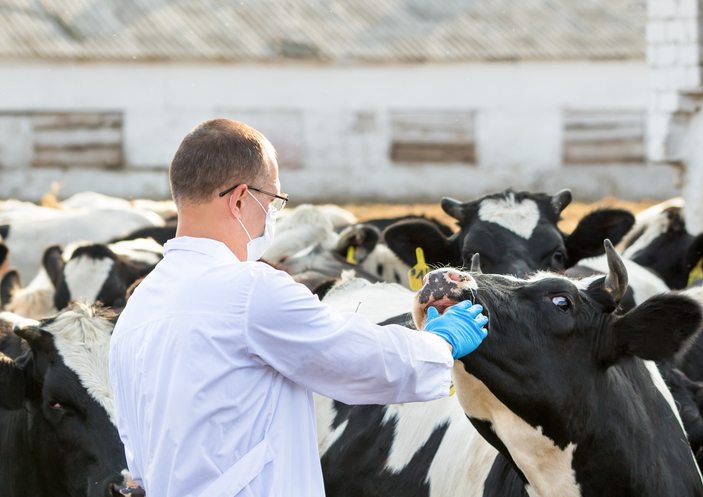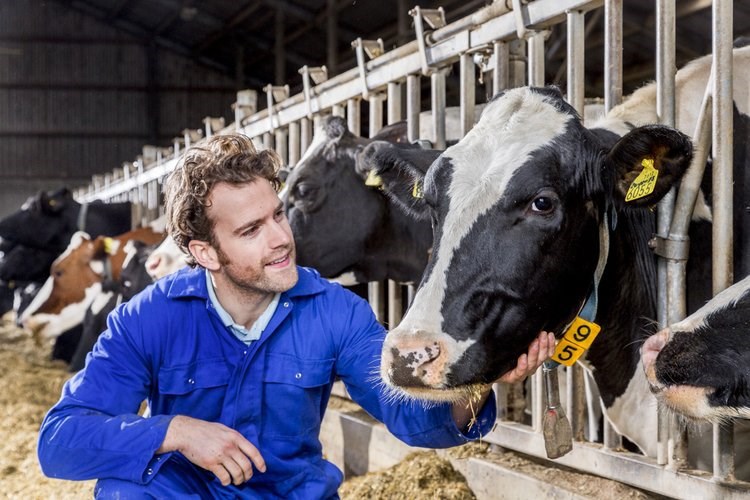There’s no denying the importance of maintaining the health and well-being of your cattle, especially when it comes to preventing Bovine Respiratory Disease (BRD). This comprehensive guide is designed to provide you with the necessary information and strategies to keep your cattle healthy and free from this common but potentially devastating respiratory illness. By following the tips and recommendations outlined in this guide, you can take proactive steps to protect your cattle and ensure their overall health and well-being.
Key Takeaways:
- Vaccination is crucial: Implementing a proper vaccination program can significantly reduce the risk of bovine respiratory disease (BRD) in cattle.
- Environmental management is key: Ensure proper ventilation, reduce overcrowding, and maintain a clean environment to prevent the spread of respiratory pathogens.
- Monitor cattle closely: Regularly observe for signs of illness, provide timely treatment, and work with a veterinarian to develop a tailored health plan for your herd.
Identifying Risk Factors
While preventing bovine respiratory disease (BRD) is crucial, identifying the risk factors associated with this common cattle ailment is equally important. By recognizing these factors, you can take proactive steps to protect your herd and minimize the occurrence of BRD.

- Environmental contributors such as overcrowding, poor ventilation, and fluctuating weather conditions can significantly increase the risk of BRD in cattle. It is crucial to maintain clean and well-ventilated barns, provide adequate space for each animal, and minimize stressors that can compromise their respiratory health.
Environmental Contributors
Environmental factors play a significant role in the development of bovine respiratory disease. Poor ventilation, overcrowding, and exposure to extreme temperatures can weaken the immune system of cattle, making them more susceptible to respiratory infections. By ensuring a clean and well-maintained living environment for your cattle, you can reduce the risk of BRD outbreaks on your farm.
Vulnerable Cattle Groups
Any cattle can be at risk of developing bovine respiratory disease, but certain groups are more vulnerable than others. Calves, newly arrived cattle, and those under stress from transportation or weaning are particularly susceptible to BRD. It is crucial to closely monitor these vulnerable groups and provide them with extra care and attention to prevent the onset of respiratory infections.
Plus, older cattle or those with compromised immune systems due to underlying health issues are also at higher risk of developing BRD. By identifying and isolating these vulnerable individuals, you can implement targeted prevention strategies to safeguard their respiratory health and prevent disease spread within the herd.
Preventative Strategies
Vaccination Programs
With bovine respiratory disease being a significant concern for cattle health, implementing a strong vaccination program is crucial in preventing the disease. Vaccines can help protect cattle health from common pathogens like Mannheimia haemolytica, Pasteurella multocida, and Histophilus somni which are known to cause BRD. Consult with a veterinarian to establish a customized vaccination schedule tailored to the specific needs of your herd.

Nutrition and Diet Management
Any comprehensive preventative strategy for bovine respiratory disease should include proper nutrition and diet management. Ensuring that cattle are receiving balanced nutrition that meets their requirements is vital in maintaining a healthy immune system and overall well-being. Diets rich in vitamins, minerals, and antioxidants can help support respiratory health and reduce the risk of infections.
It is recommended to work with a nutritionist to formulate diets that are optimized for respiratory health. Additionally, providing clean and fresh water at all times is vital for proper hydration, digestion, and overall health of the cattle.
Management Practices
Stress Reduction Techniques
Practices aimed at reducing stress in cattle health can significantly lower their susceptibility to Bovine Respiratory Disease (BRD). Minimizing handling stress, providing ample access to clean water, ensuring a balanced diet, and maintaining consistent routines are crucial. Implementing low-stress handling techniques during sorting, transportation, and health interventions can go a long way in keeping cattle calm and healthy. Additionally, ensuring comfortable living conditions and reducing unnecessary disruptions can help in lowering stress levels among the herd.
Proper Housing and Ventilation
An imperative aspect of preventing BRD in cattle is to provide proper housing and ventilation. Adequate airflow and ventilation in barns or shelters help in reducing moisture levels and preventing the buildup of harmful pathogens that can contribute to respiratory infections. Proper design of cattle facilities, such as ensuring ample space per animal, comfortable resting areas, and efficient air circulation, is vital in maintaining optimal respiratory health in the herd.
Techniques like installing fans or vents in barns, regularly cleaning and disinfecting the living areas, and monitoring humidity levels can greatly improve the overall ventilation and reduce the risk of BRD outbreaks. Proper housing and ventilation not only aid in disease prevention but also promote the overall well-being and productivity of the cattle.
Monitoring and Early Detection
Regular Health Assessments
Health assessments are vital in the early detection of any health issues in cattle. Regularly checking your herd for signs of illness such as coughing, nasal discharge, or lethargy can help in identifying potential cases of bovine respiratory disease early on. It is crucial to establish a baseline for each animal’s normal behavior and health status so that any deviations can be quickly addressed.
The Role of Veterinary Care
Any comprehensive cattle health program should include regular visits from a qualified veterinarian. Veterinarians play a crucial role in the prevention, diagnosis, and treatment of various cattle diseases, including bovine respiratory disease. They can provide expert advice on vaccination schedules, nutrition, and environmental management practices to keep your herd healthy and disease-free.

Regular veterinary care can also involve routine screenings and tests to monitor the overall health and well-being of your cattle. These check-ups can help identify any underlying health issues and ensure that appropriate interventions are implemented promptly.
Final Words
Hence, it is crucial for cattle farmers to prioritize the prevention of bovine respiratory disease to ensure the health and well-being of their livestock. By implementing proper vaccination protocols, managing stress factors, maintaining good ventilation in housing facilities, and practicing biosecurity measures, farmers can greatly reduce the risk of BRD in their cattle. Regular health monitoring and prompt treatment of any respiratory issues are also critical in preventing the spread of this disease. With a comprehensive understanding of the causes and prevention strategies outlined in this guide, farmers can effectively safeguard their cattle against bovine respiratory disease and promote overall cattle health on their farms.
FAQ
Q: What is Bovine Respiratory Disease (BRD) in cattle?
A: Bovine Respiratory Disease (BRD) is a common and costly illness in cattle that affects the respiratory system. It is usually caused by a combination of viral and bacterial agents, as well as stress factors such as transportation, weaning, and overcrowding.
Q: How can I prevent Bovine Respiratory Disease in my cattle?
A: To prevent Bovine Respiratory Disease in cattle, it is vital to focus on good management practices. This includes providing proper ventilation, minimizing stress factors, ensuring a balanced diet, maintaining a clean environment, and implementing a vaccination program in consultation with a veterinarian.
Q: What are the signs of Bovine Respiratory Disease in cattle?
A: The signs of Bovine Respiratory Disease in cattle may include coughing, nasal discharge, fever, difficulty breathing, loss of appetite, and decreased weight gain. It is important to monitor your herd regularly for any signs of illness and consult with a veterinarian if you suspect BRD.










